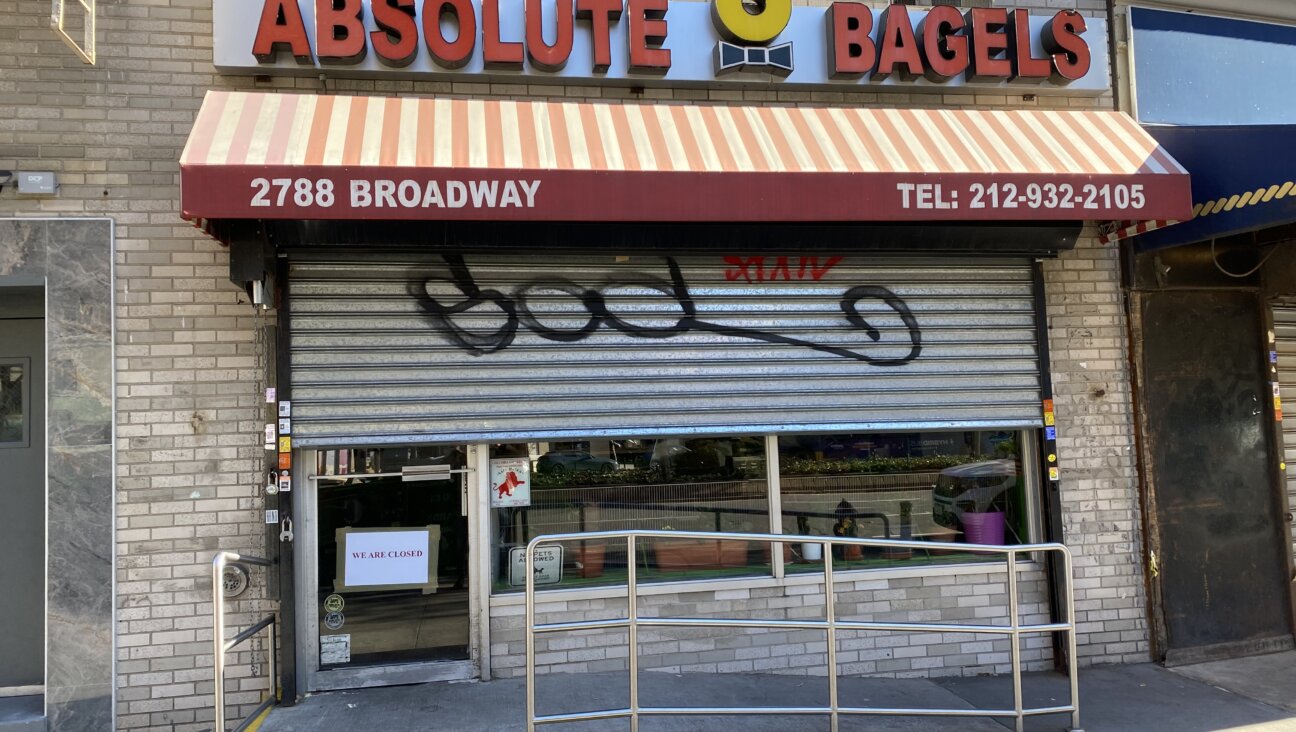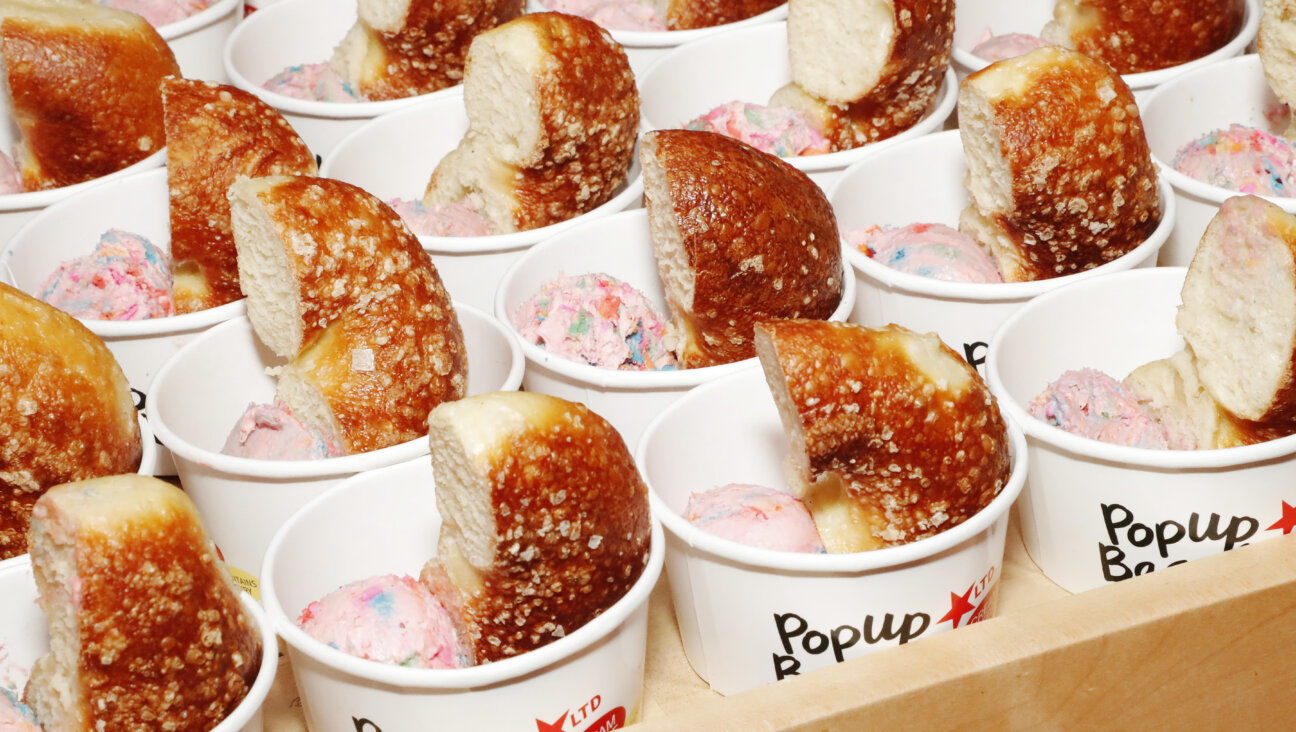Ushering the New Year with Friends and Challah

Image by Dahlia Abraham-Klein
The smell of savory challahs permeates the kitchen with sweet hints of cinnamon and raisin. We knead, stretch, sweat and grunt as we shape the dough with our fingers into elaborate braids, rolls and twists. Our hands have been inherited from a long line of women empowered by a sacred undertaking: the making of challah.
This year, I will hold a challah workshop in my home the day before Yom Kippur where female friends will gather in my kitchen to celebrate Jewish woman hood and the magic of femininity. We will take turns kneading the dough as each one of us, immersed into a state of harmony and spirituality shares prayers of healing, comfort, finding love, looking for a job and other requests.
We will be ushering in the New Year by partaking in the tradition of baking challah during the Days of Awe, the ten-day period between Rosh Hashanah and Yom Kippur also known as the Ten Days of Repentance (Aseret Yemei Teshuvah). On Rosh Hashanah, God opens the Book of Life and after considering the soul of every creature; God seals its destiny on Yom Kippur. That is why it is befitting to bake challah before the book is sealed, in order to grace God with our teshuvah- our truest most purest selves. Since baking challah is one of the three mitzvoth privileged to women, in the very least it should be done at least once a year when God is taking an even closer account of our soul.
We will recite in unison the blessing for separating the challah to be burnt in remembrance of the portion given to God (through the Temple priests) in ancient times. The sacred mitzvah of separating challah , known as Hafrashat challah, reminds us that sustenance ultimately comes from God and transforms baking bread into a spiritual act.
Today, in modern times our home is the spiritual sanctuary, which rekindles the warm hearth of the Jewish home through the rituals of baking challah. It is a wonderful way to re-connect with our heritage, steeped in centuries of tradition.
Making challah, especially with friends is an empowering experience as we are reminded that we, the women are the spiritual leaders of the household. By partaking in this ritual, we transfer through the spiritual components of baking challah blessings unto ourselves, our homes and loved ones. In taking advantage of these attributes, the blessing of making challah becomes much more intricate and transcendental. If it is not part of your weekly ritual, this might be the year to change that.
Makes 8 round challahs
1 ½ cubes fresh yeast
5 cups warm water
1 ½ cup light brown sugar
5 pounds flour
5 eggs
2 tablespoons salt
½ cup canola oil
Filling
½ cup raisins, plumped in warm water (optional)
2 tablespoons ground cinnamon plus 2 tablespoons granulated sugar, combined (optional)
1) In a small bowl, mix the yeast together with 1-½ cups warm water and 2 tablespoons sugar. Cover the bowl to activate the yeast. When it bubbles and becomes foamy add it to the flour mixture in the next step. It should take about 10 minutes for the yeast to foam.
2) In a large ovenproof bowl, pour 2 cups warm water, oil, 4 eggs, remaining sugar and salt. (Make sure to break the eggs one at a time to check for blood, which would render it unkosher). Sift 10 cups of flour to this and mix with your hands. Once the mixture starts to come together, add 1 cup flour alternating with ¼ cup water alternating then 1 cup of flour. Continue until you have finished all the flour. There should be a total of 13 cups of flour in the dough.
3) Knead the dough from the palm of your hands to the tips of your fingers for about 10 minutes. The consistency of the dough should be smooth and not sticky. If the dough sticks too much to the sides of the bowl, add ¼ cup oil.
4) After the dough is thoroughly prepared, grease the bowl with a fine layer of oil making sure all the dough has been built up to a ball around the oil.
5) Cover the bowl with a large kitchen towel and place in a warm place where it will rise to double the amount.
6) When the dough has risen considerably, punch down in the center of the dough with your fist to let out the air. Pinch off dough the size of an olive for your separation of challah to be burnt. Holding the olive size challah, recite the blessing and burn the separated dough in aluminum foil until it is charred. Discard into the garbage once burnt.
7) Divide the dough into eight and roll each piece into a ball.
8) Roll out each piece with a rolling pin or your hands into a long ropelike strand of 12 inches long and 1 inch in diameter.
9) Slice down the middle of the roll and sprinkle raisins or cinnamon sugar filling. Pinch dough together closed and continue as usual with the next step.
10) Pick up one end of the roll and form a spiral around the end that is on the counter. Repeat until you have 8 challahs. Let sit for another hour to rise again.
11) Preheat oven to 350F. Beat an egg and brush a generous amount over each challah. You can sprinkle a topping of your choice, such as sugar crystals, poppy seeds or sesame seeds.
12) Bake in preheated oven for 25 minutes. Bread should have a hollow sound when thumped at the bottom. Cool on a rack and wait at least an hour before serving or slicing.
Dahlia Abraham-Klein of <vegetarianhostess.blogspot.com> teaches, cooks, and writes about vegetarian Silk Road cuisine. Her book Silk & Spice is forthcoming in the Fall 2013. In addition, she conducts Rosh Chodesh challah classes emphasizing the Jewish festival of the month in relation to the spiritual components of baking challah.
A message from our Publisher & CEO Rachel Fishman Feddersen

I hope you appreciated this article. Before you go, I’d like to ask you to please support the Forward’s award-winning, nonprofit journalism during this critical time.
We’ve set a goal to raise $260,000 by December 31. That’s an ambitious goal, but one that will give us the resources we need to invest in the high quality news, opinion, analysis and cultural coverage that isn’t available anywhere else.
If you feel inspired to make an impact, now is the time to give something back. Join us as a member at your most generous level.
— Rachel Fishman Feddersen, Publisher and CEO
























